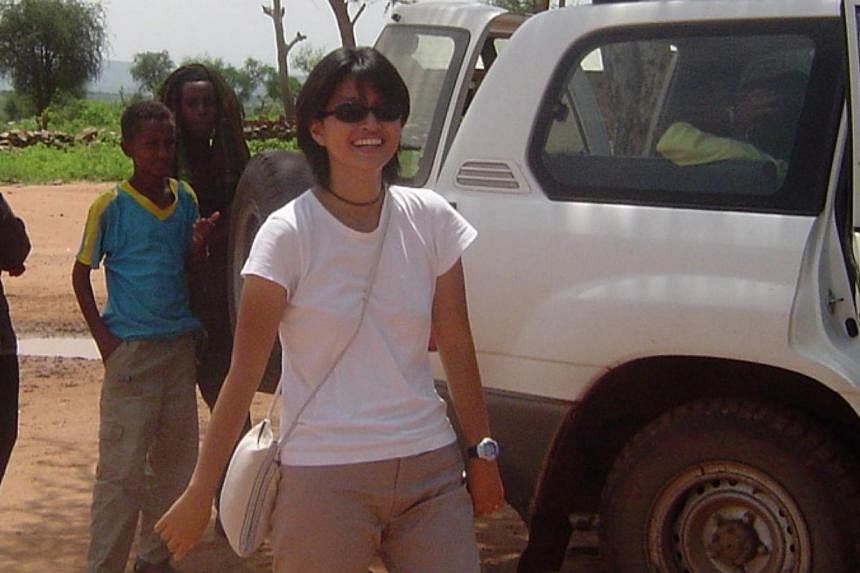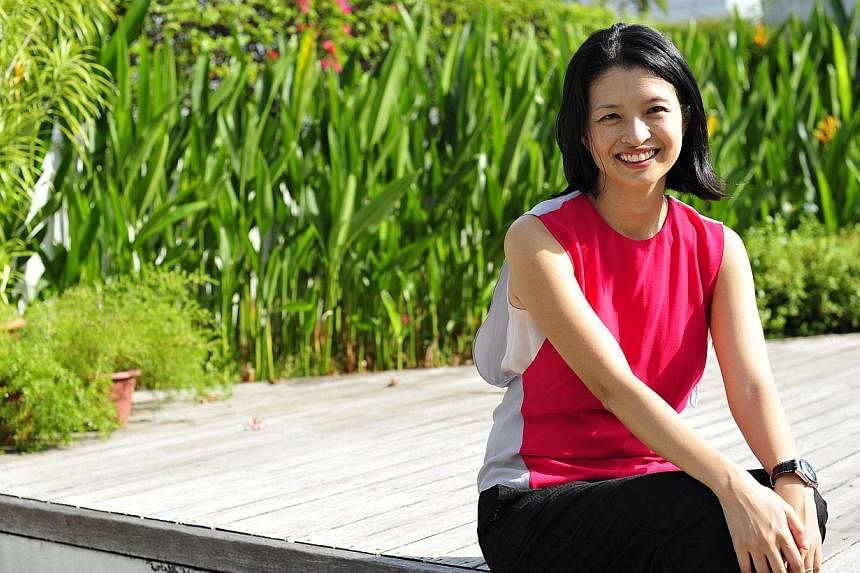The Rohingya boat people crisis is a familiar one to humanitarian worker Geraldine Ang, 39, who has been helping refugees for about eight years.
She once interviewed a group of Rohingya people in 2006 in Indonesia. They were part of 70 men and boys crammed into a fishing boat which could fit only half that number.
Thin, sick and disoriented, they had fled Myanmar and had been on the high seas close to a month before they ran out of fuel.
"It's always the expression in the eyes of the refugees that I remember," she says. "That look of fear and confusion which seems to say, 'Can you please help us?'"
The Rohingya are one of the communities she has helped in the course of her work, which has taken her to places such as Africa, Indonesia and Timor Leste.
She started as an intern at the United Nations High Commissioner for Refugees (UNHCR) and gradually got a full-time job there, assisting in various refugee camps for four years.
Ms Ang took on other jobs before returning to the UNHCR, where she helps to raise funds for refugees. She has a 21/2-year-old son and an eight-month-old daughter.
Her desire to become a humanitarian worker started when her older brother took her when she was a pre-schooler to the Hawkins Road Camp in Sembawang.
Singapore's only refugee camp, it was set up in 1978 to deal with the influx of refugees after the Vietnam War.
Behind the fence in the former army barracks, she saw Vietnamese girls her age staring back. She never forgot them, even after the camp closed in 1996, when the last of the Vietnamese boat people there were repatriated.
She decided to take a master's degree in humanitarian assistance in Sweden and found work at the UNHCR.
In 2004, she spent a year working in a refugee camp in Tigray, a province in northern Ethiopia. The camp housed 10,000 people fleeing persecution and conflict in Eritrea, which was north of Tigray.
The region was poor and dusty. After she disembarked from the propeller plane, she found that a shipping container served as the airport terminal.
As much as she could, she followed the simple, impoverished lifestyle of the locals, drawing water from wells to take her showers.
For drinking, she had bottled water, which was a huge luxury.
Her diet comprised mainly injera - a traditional Ethiopian flatbread - with onions, lettuce, carrots, eggs and goat's meat.
Many of the Eritrean refugees there were law or medicine students stuck in a quagmire.
They could not find work in the new country because of their refugee status. Returning to their previous country was also out of the question.
She says it is a shame because these people "could add value to whatever community they went into".
Instead, they could spend years in exile, she adds, such as the Burmese refugees in camps on the Thai border, many of whom have been there for 30 years.
In her four years in the field, part of her job was to ascertain whether asylum seekers could be registered as bona fide refugees through an interview and screening process.
Being registered would pave the way for refugees to eventually return home, live legally in the local community or be repatriated to another country.
Over the years, she has seen her fair share of human suffering, especially that of separated families.
She remembers speaking to a woman in Jakarta who had fled Iraq with her nine daughters in 2003. They were part of an ethnic minority being persecuted back home.
"The woman thought her husband had escaped to Australia," Ms Ng says.
"The people smugglers, whom they had paid a lot of money to, dumped them in Indonesia and told them it was Australia."



